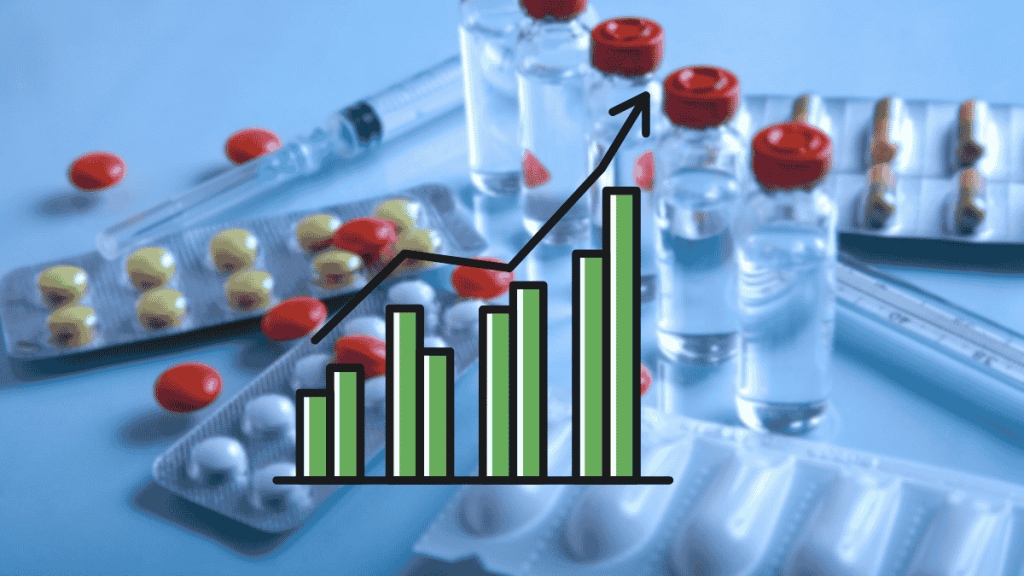The Indian pharma sector remains largely insulated from the immediate effects of the 100% tariffs imposed by the US administration on branded and patented products imported into the country, according to a report from Care Ratings. This is primarily due to the export of generic medicines to the US, which accounts for 90-95% of overall pharma shipments.
These generics are off-patent, low-cost alternatives and are not covered under the new tariff regime. “India continues to play a critical role in supplying affordable medicines to the US, contributing nearly 45% of all generic prescriptions by volume. While the current tariff announcement does not impact Indian generics, the industry remains vigilant. Any future expansion of the tariff scope to include complex generics or biosimilars could pose challenges,” the report said.
On October 01, the Trump administration announced a 100% tariff on imported branded and patented pharma products aimed at encouraging domestic manufacturing.
As per the report, the pharma sector in India is expected to grow at a compounded annual growth rate (CAGR) of 9% through FY30 to touch $92 billion, up from $59.8 billion in FY25. This growth is led by the competitive advantage in generic drug manufacturing, expanding capabilities in complex formulations, and increasing investments in biosimilars, and CDMO (contract development and manufacturing organisation) services.
The domestic consumption of the pharma products, which accounts for 49% of the overall sector, is fuelled by the growing awareness of health and wellness among people, leading to earlier diagnosis and treatment. Also, the widening of health insurance coverage – via government programmes like Ayushman Bharat and increased private sector involvement – is enhancing affordability and access to medicines.
“Further, the chronic therapies segment remains the mainstay of domestic pharma demand. Innovations in formulations, improved treatment protocols, and deeper penetration into tier-2, tier-3, and rural markets are further accelerating the demand. The growing shift from acute to long-term treatment regimens, driven by evolving disease patterns and rising life expectancy, is expected to keep the demand resilient over the medium to long term,” the report said.
In the exports segment, as per Care Ratings, the regulated markets (US, European Union) are expected to maintain strong growth driven by new product launches. At the same time, Pharmerging markets (Africa, Latin America, Middle East) are projected to grow at about 9%, aided by higher generic penetration, favourable currency trends, and expanded geographic reach. “Export growth will also benefit from global initiatives to diversify supply chains, with India set to gain from the China 1 sourcing approach,” the report said.
Meanwhile, the ratings agency said that profitability margins, which were impacted in FY23 due to elevated operating costs, rebounded to 23.4% in FY25, supported by easing raw material and freight expenses. “With rising traction in complex and speciality drugs and increasing demand for contract research and manufacturing services (CRAMS), operating margins of the sector are expected to remain at a healthy level and improve by around 90 basis points over the next two years,” according to Care Ratings.

